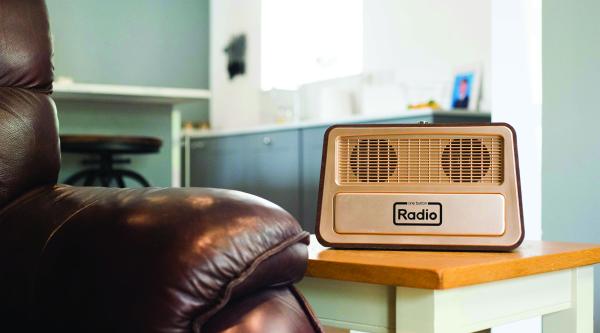What is assistive technology?
Find out what assistive technology is and how it could help make living with dementia easier.
- Using technology to help with everyday life
- You are here: What is assistive technology?
- Using technology
- How technology can help
- How to obtain assistive technology
- Assistive technology - useful organisations
Using technology to help with everyday life
Assistive technology refers to devices or systems that help maintain or improve a person’s ability to do things in everyday life. These can assist with a range of difficulties, including problems with memory and mobility.
Assistive technology ranges widely from items like electronic pill boxes (that remind you to take medication) to ‘smart home’ systems (that you can instruct to turn up the heating or switch off the lights).
There is also a lot of new technology on smartphones and tablets, which you may already have. This includes ‘apps’ that have been developed for general use, as well as apps specifically developed for people with dementia.
Over time the apps for general use may replace some products that were originally developed for people with dementia. For instance, electronic medication alarms could be replaced by smartphone calendar apps.
You can use technology in a variety of ways, such as helping with everyday tasks and activities, improving your safety and monitoring your health. Some technology can also help people to support you. Some of the specific things technology can help with include:
- memory problems
- problems with planning and carrying out each step of a task
- communication, including speech and hearing
- mobility
- keeping safe both inside and outside the home
- maintaining independence and self-confidence
- socialising and doing things you enjoy.
You can find assistive technology items on our online shop.
Memory loss
For more information on products that can help with memory loss, as well as strategies and tips, see our booklet The memory handbook.


